A Hobbyist’s History of Pierce-Arrow
From its Beginning to the Merger with Studebaker
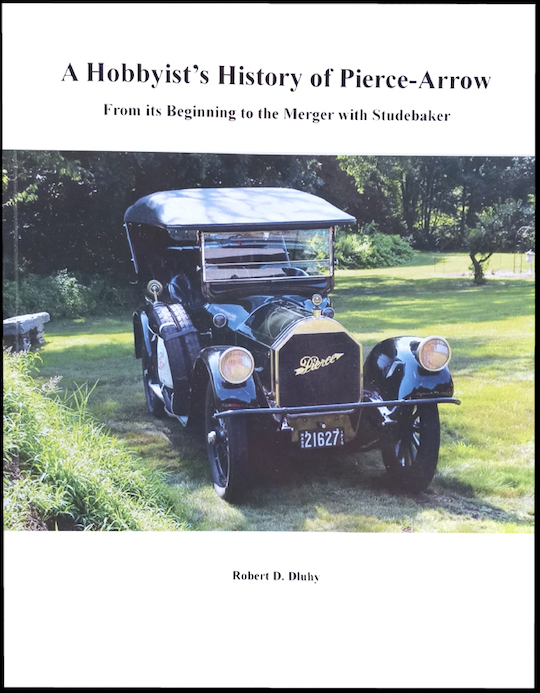 by Robert D. Dluhy
by Robert D. Dluhy
This is a very different book from the first that Robert Dluhy wrote that was published by McFarland. That first effort compiled in one tome the Essential Specifications of 4,000+ Gasoline Powered Passenger Cars, 1906–1915, with a Statistical and Historical Overview. Titled American Automobiles of the Brass Era it was full of tables and lists presenting all those details in great, uh, detail. As this recent effort’s title suggests this book is more of a celebration of its author’s personal admiration and enjoyment of the cars of the Pierce-Arrow marque.
Dluhy told your reviewer that he was not a gearhead as a kid, going on to say that his work was as “a project engineer designing sonar systems for the US Navy.” Then adding that his “twin brother is into Hudsons, the cars we both learned to drive in. He convinced me, at age 33, old cars were a good diversion. We were raised in Buffalo where the Pierce factory building is preserved and was listed in 1974 on the National Register of Historic Places so is protected by law.” That goes a long way to revealing what might have influenced Dluhy and his wife, Nancy, to join the Pierce-Arrow Society. She has even stepped up to serve as editor for their New England Region.
Dluhy’s book was born of his desire to “clarify Pierce-Arrow history and that of the cars it produced in my own mind” as he finds writing about something helps him attain that clearer understanding. Once completed he thought there might be others who would appreciate what he’d compiled so he self-published what he describes as “my personal perspective as a long-time Pierce-Arrow Society (PAS) member.” And, if you’re curious, as I was, the author’s surname is pronounced dee loo ee or, being even more true to its Czechoslovakian origins, dee luh’ee taking care not to be too guttural but just gently touching that h sound.
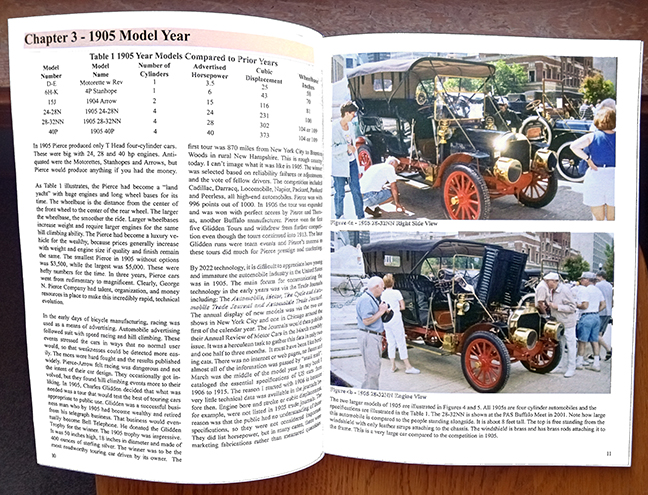
The twenty-two chapters track chronologically from 1900 to 1928 intermingling history of the company and some of its significant people with details on the cars themselves which are identified by either model year or series number. Series often straddled calendar years such as in the image shown immediately below.
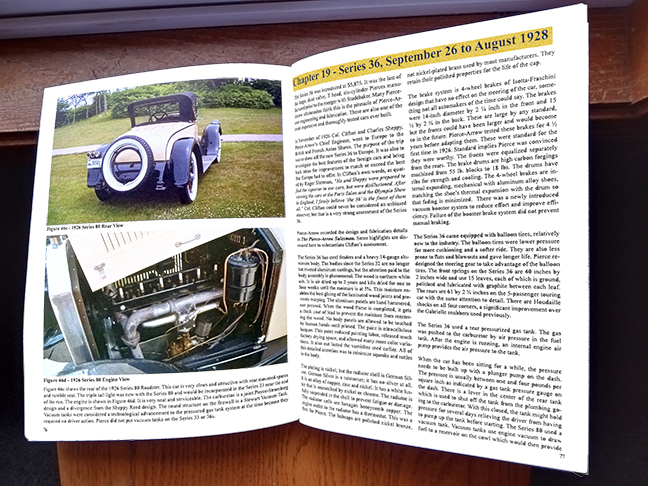
Chapter 19 is titled for the Series it covers. Its production run was September 1926 through August 1928. Images on opposite page are the rear and underhood views of a 1926 Series 80 Roadster.
Dluhy comments that at most Pierce-Arrow gatherings the cars shown are those of the years just prior to the Studebaker Pierce-Arrow amalgamation. With his research and writing he sought to record the small details that would help him (thus his book’s reader) identify one model year or series car from another. He does that with photographs and words. Do note, those images are, for the most part, ones he snapped at Society shows or gatherings or a friend snapped for him. All are reproduced in the book unedited.
Dluhy writes of the specifics that separate one model or series from another but does note that while bodies were essentially unchanged for as many as half-a-dozen years, “the automobile[s] progressed technically.” True to his engineering training and practices, he offers an appendix of the “Evolution of Pierce-Arrow Cars & Specifications” to help readers discern one from another.
The title of the second appendix seems to be an indication of some the challenges inherent to accurately documenting this marque’s history; “Pierce-Arrow Estimated Production Quantities.” Not being personally fluent in all things Pierce-Arrow I consulted another well-respected tome, The Standard Catalog of American Cars 1805–1942 by Beverly Rae Kimes and Henry Austin Clark, Jr. What I discovered was indeed lists of years and models and the value guide based upon condition (as of the year of that book’s publication) but no production numbers whatsoever. The footnote to Dluhy’s appendix notes that the estimates in his chart are from a PAS member named Bernie Weis who cataloged them as recently as 2008 which is long after Pierce-Arrow ceased production.
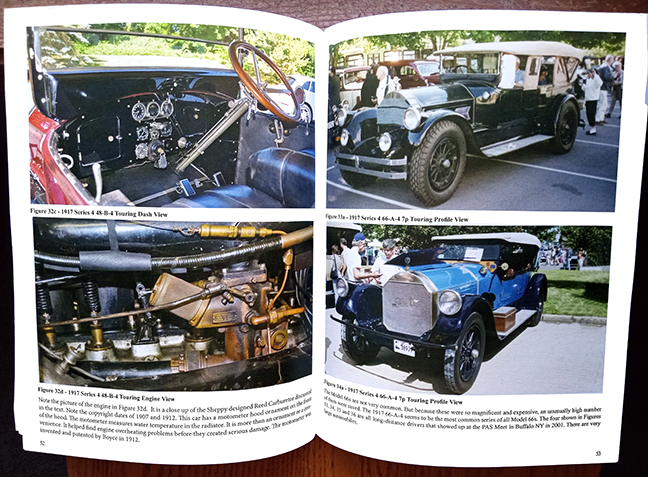
On left are passenger compartment and underhood details of a 1917 Series 4 38-C-4 Roadster while on facing page are two views of a 1917 Series 4 48-B-4 Touring.
While in no way claiming to be a definitive history of the Pierce-Arrow maker or its cars and even recognizing it does contain a few typos/misspells, Bob Dluhy has assembled a reference of use to those curious, as he had been, to sort out and better understand the cars and the company that produced those motorcars.
Before leaving this topic, I’d be remiss not to mention my ever and longtime favorite P-A book. Charmingly written by longtime PAS member John C. Meyer, III and exquisitely produced in 1984 by the Southern California Region of the PAS, it is The Forest Domain of the Pierce-Arrow. Although long out of print, copies are available if you but look on the internet. Revisiting The Forest Domain purely for my own pleasure, the name of the aforementioned Bernard J. Weis caught my attention. Sensing he must be or have been someone special I learned that Weis (1930–2020) indeed was special. When he wasn’t creating beautiful publications as a professional lithographer along with also serving as the editor 1963–2005 of PAS’s magazine, he was assembling an extensive collection of automotive books, artwork and designs and other research materials all of which are now ensconced in the Pierce-Arrow Museum operated by the Pierce-Arrow Foundation on the Gilmore Museum campus in Hickory Corners, Michigan.
Copyright 2023 Helen V Hutchings, SAH (speedreaders.info)


 RSS Feed - Comments
RSS Feed - Comments
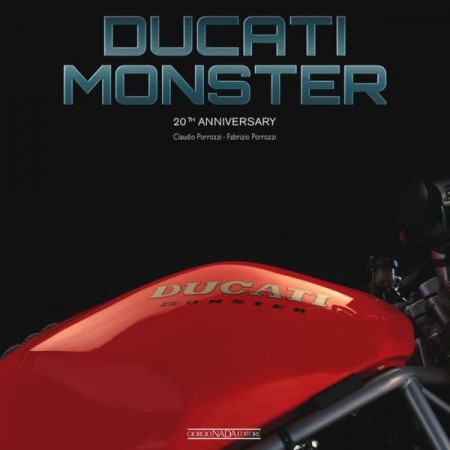
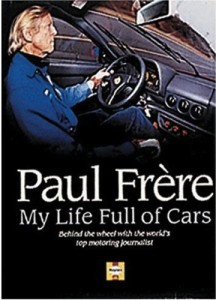
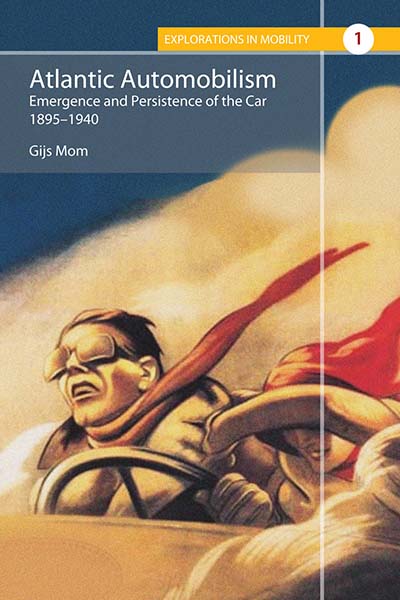
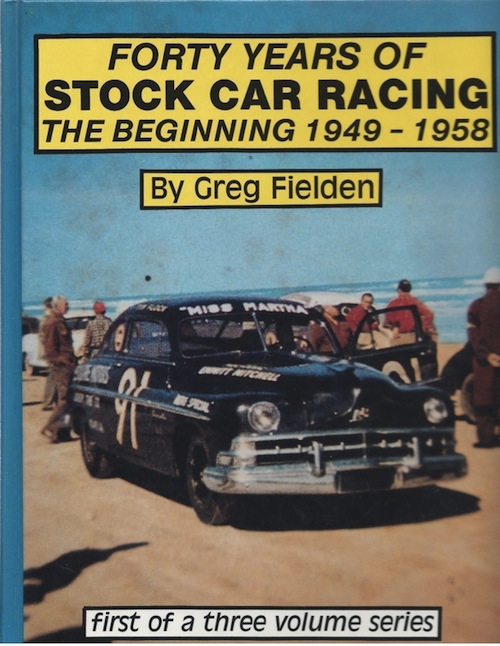
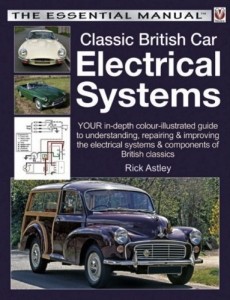

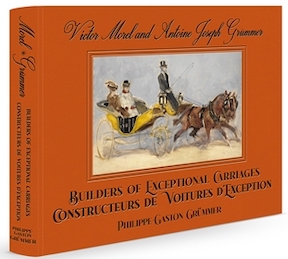
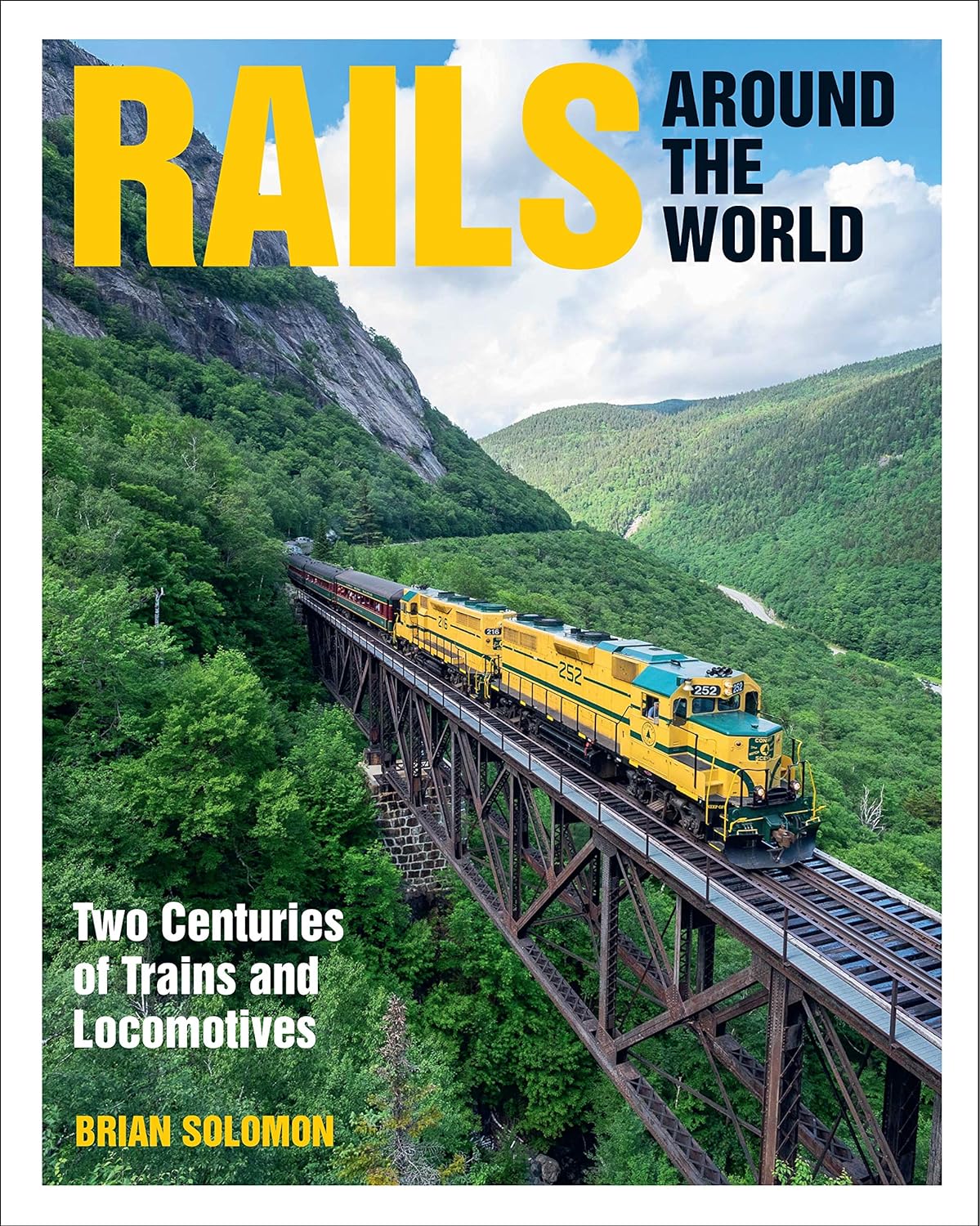
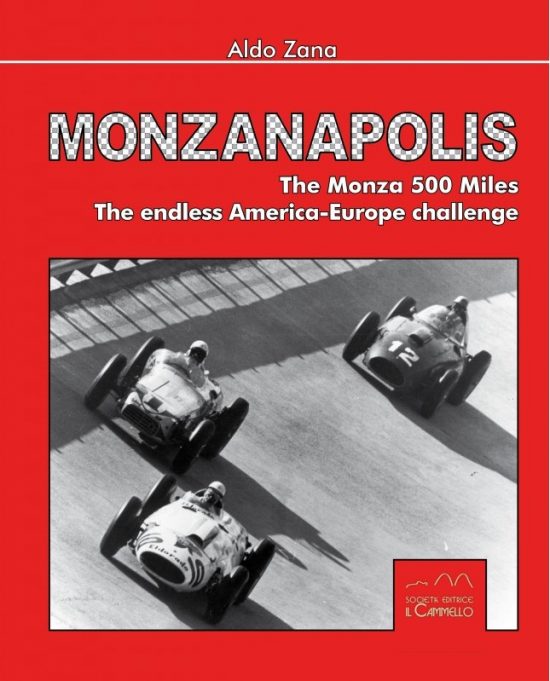
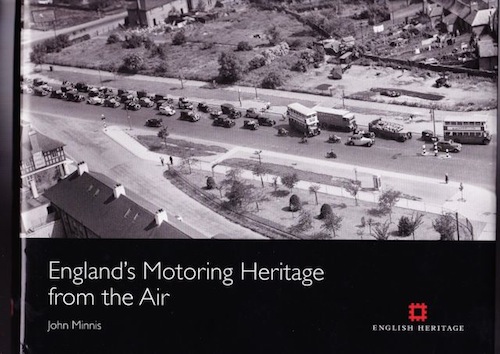
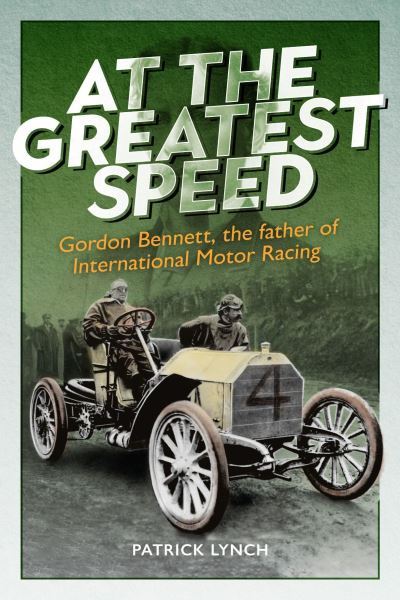
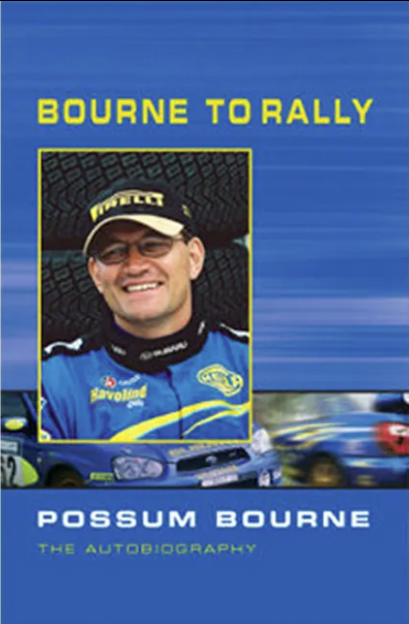
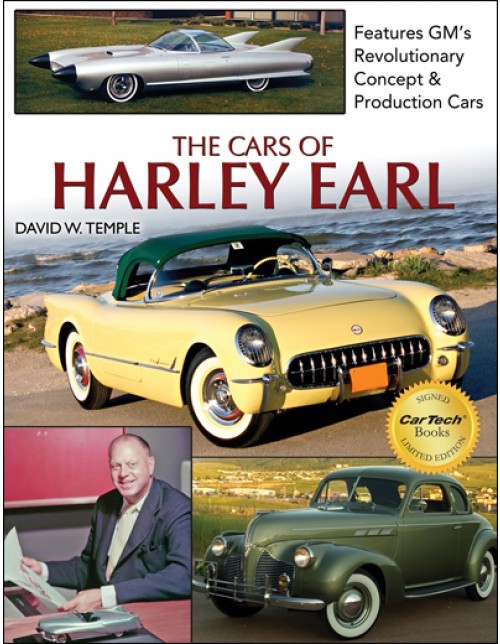
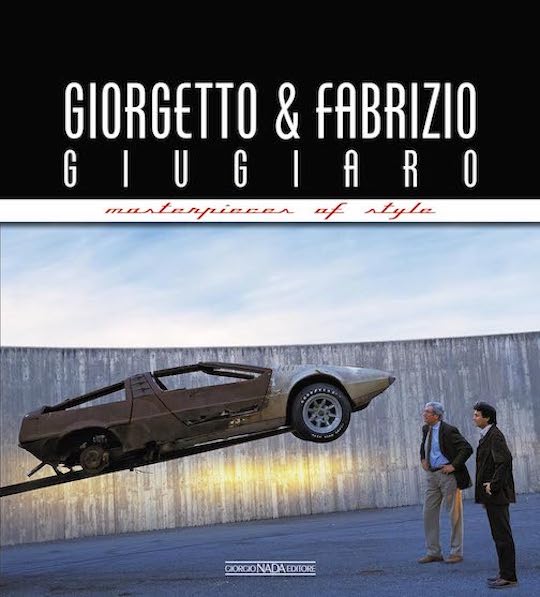
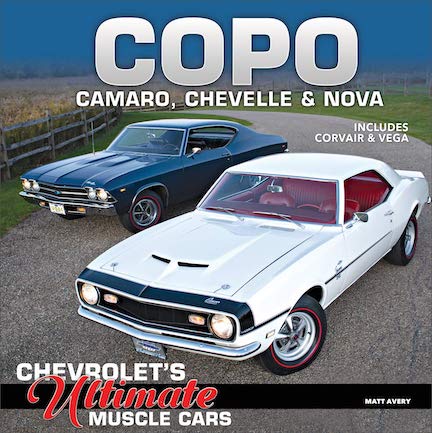
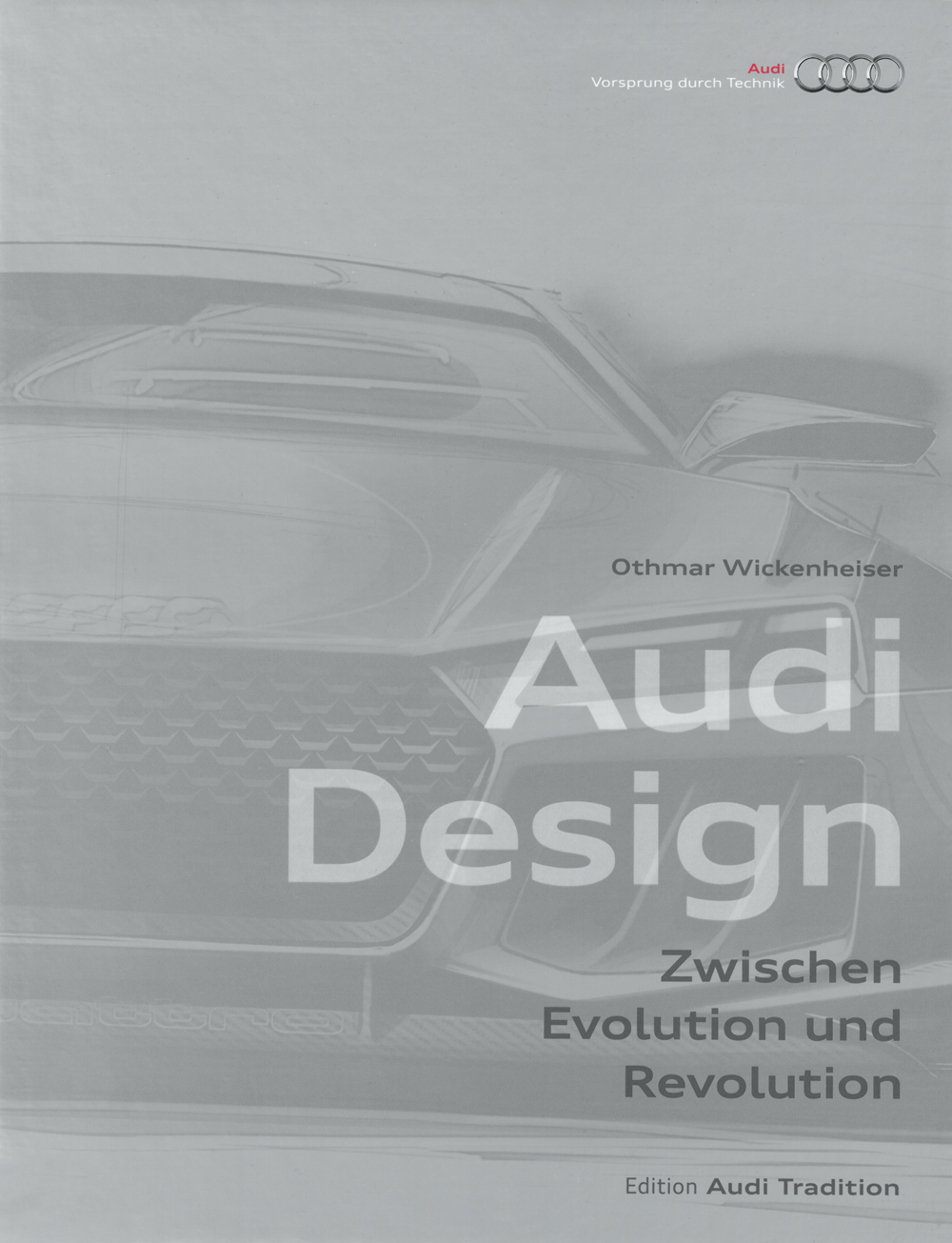
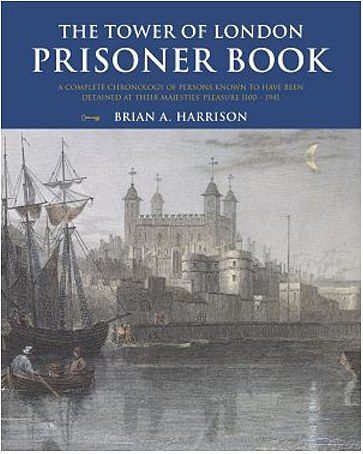
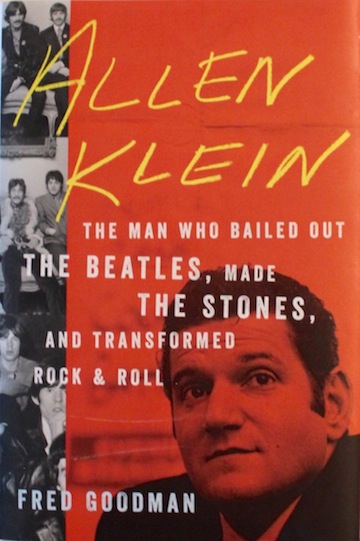
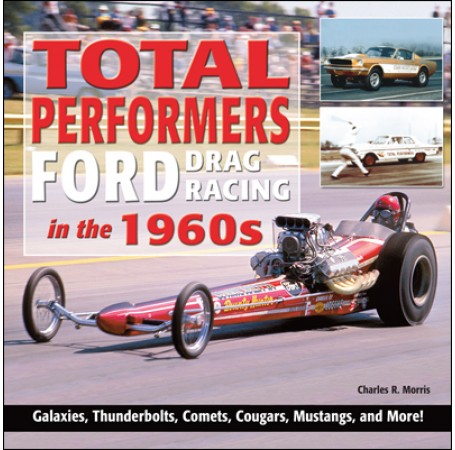
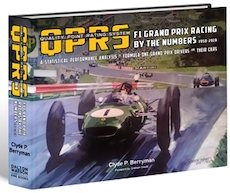
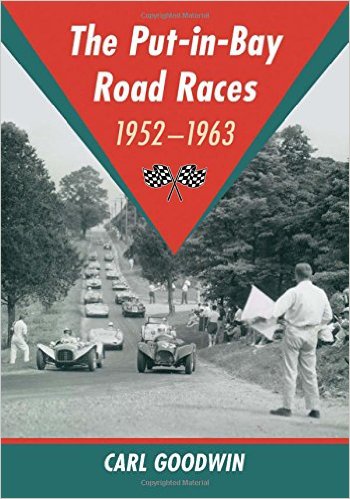
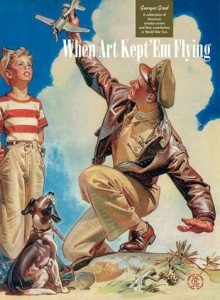
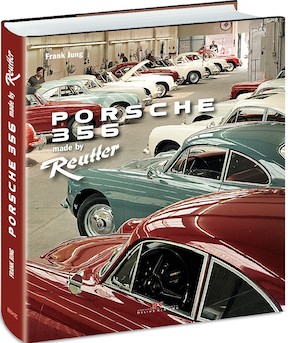
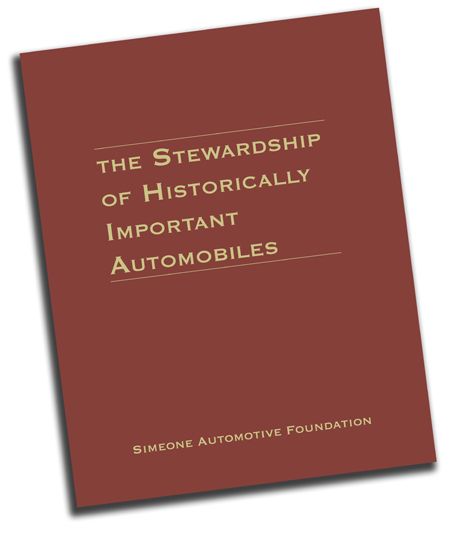

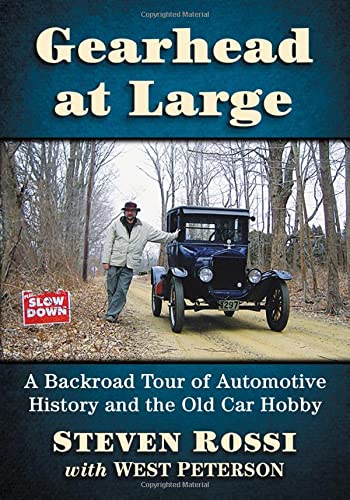
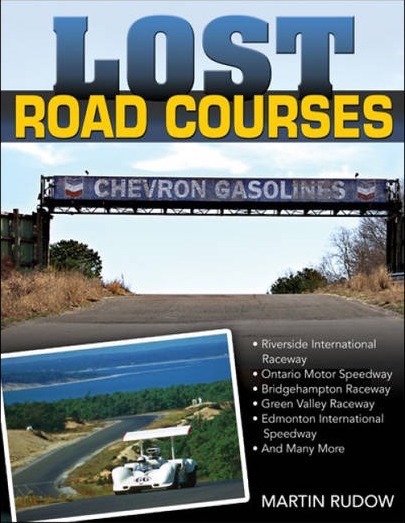
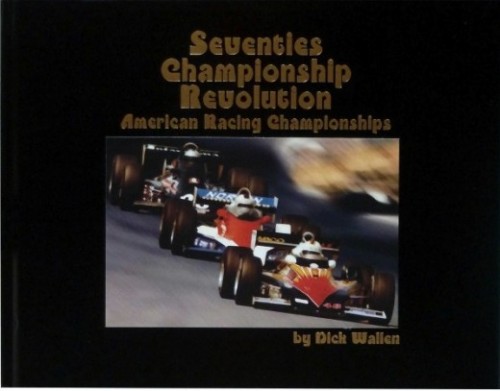

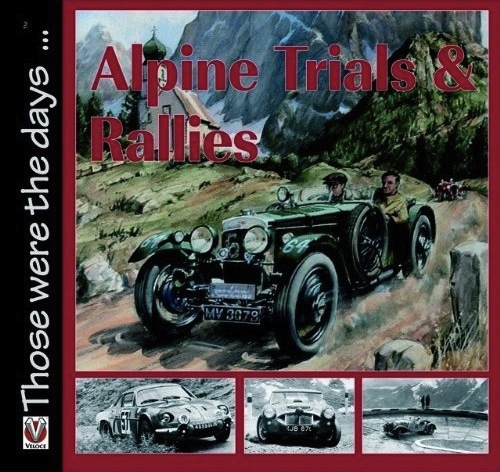

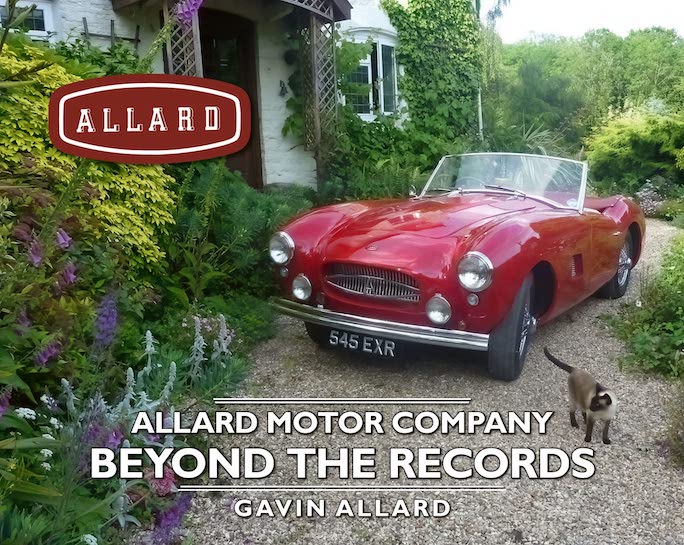
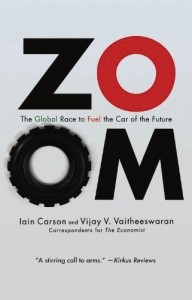
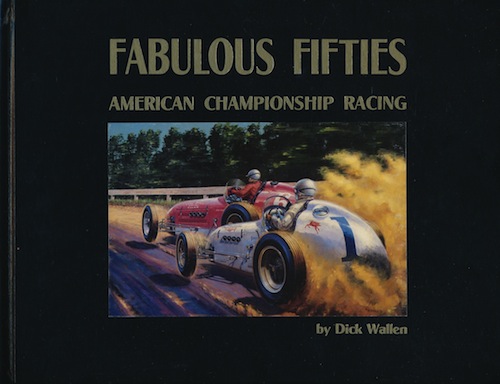
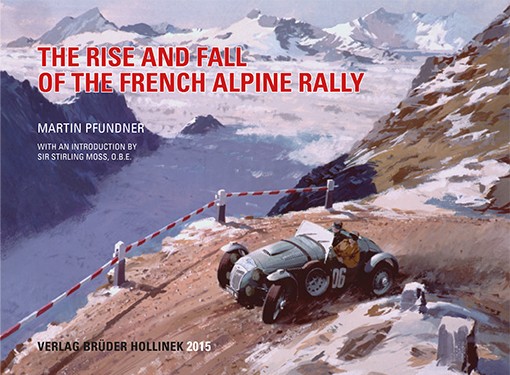
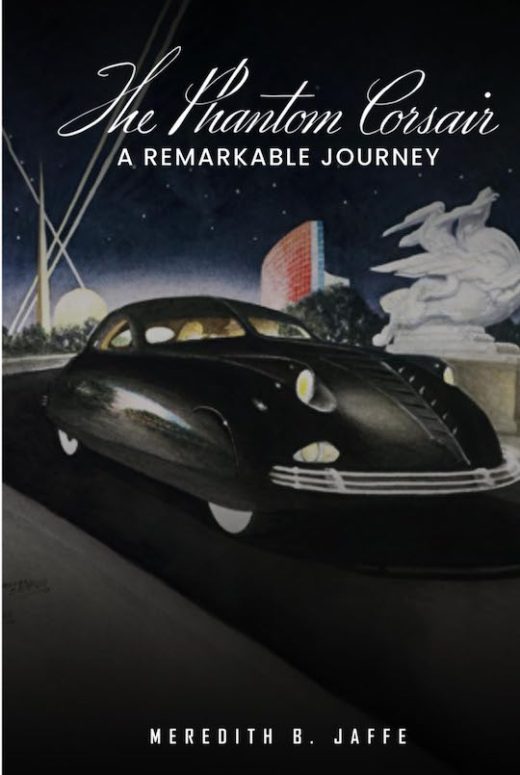
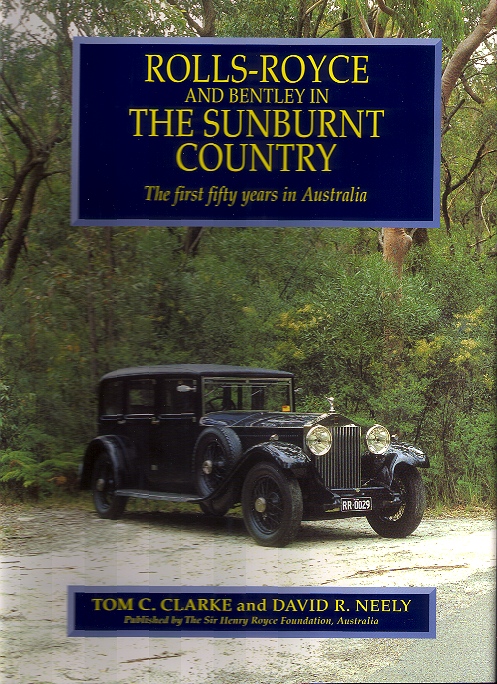
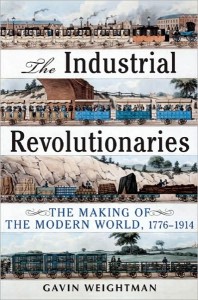
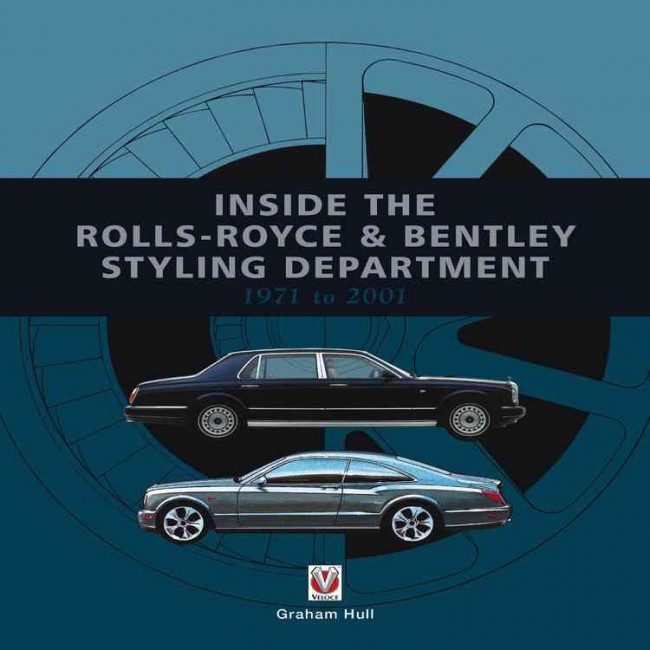

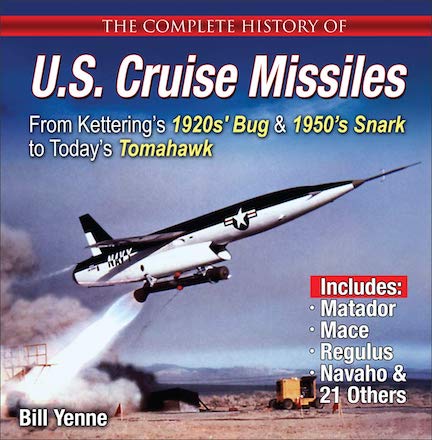
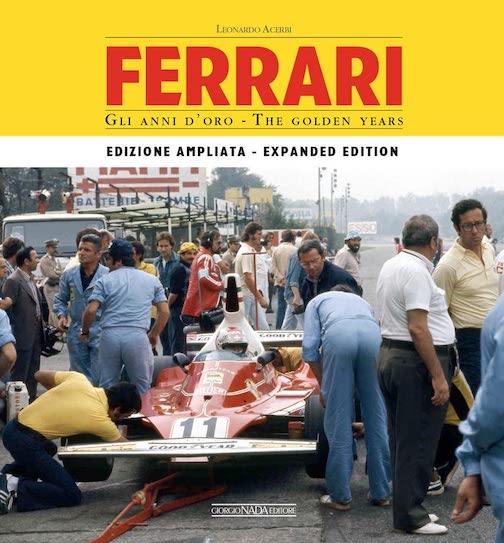
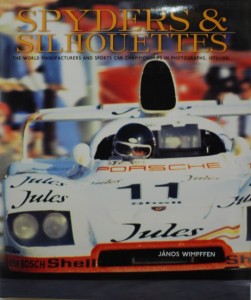
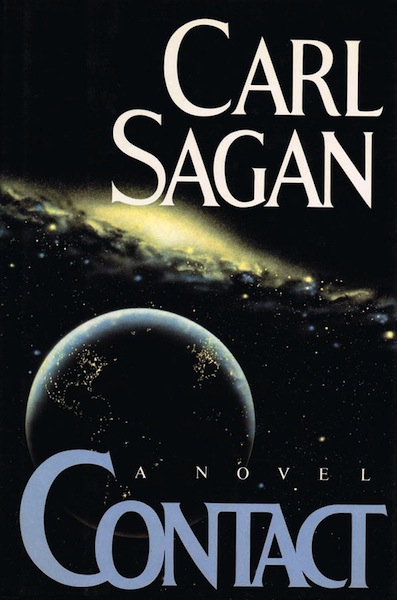
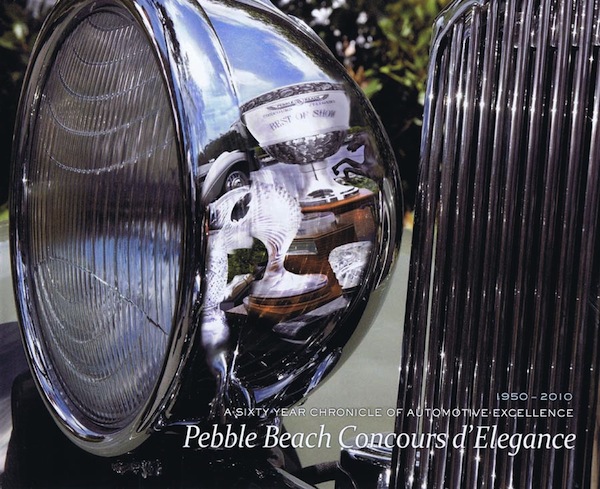
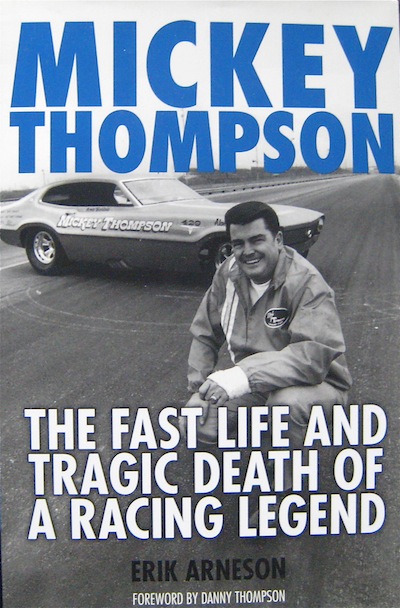
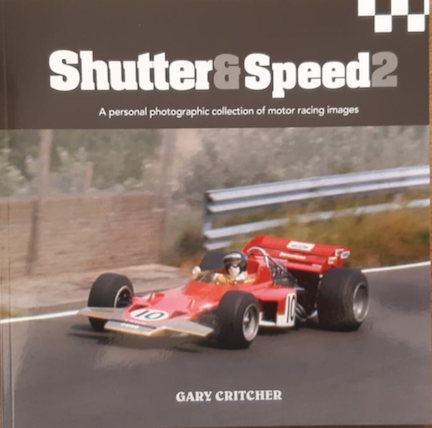
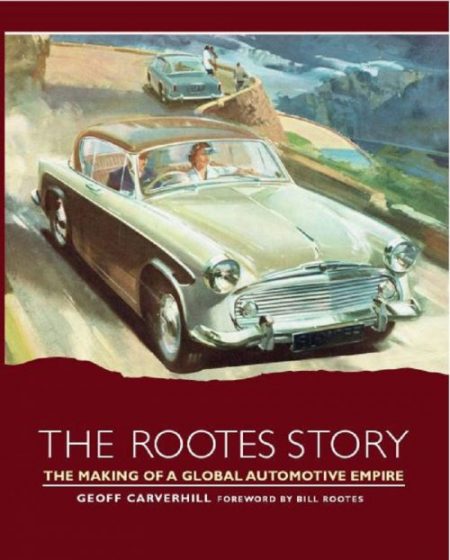
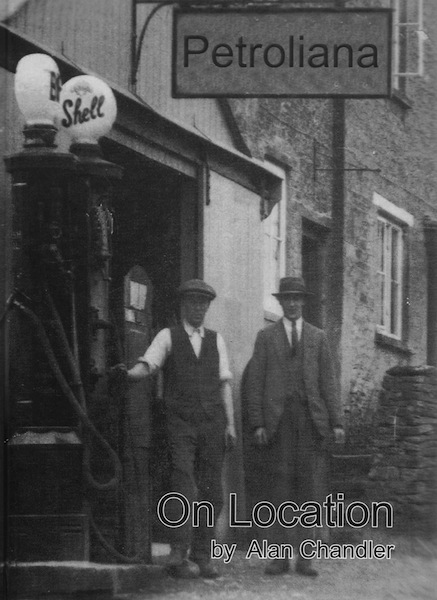
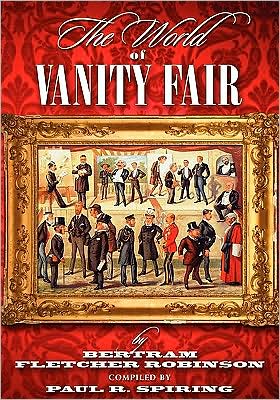

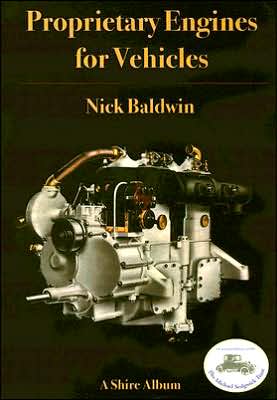
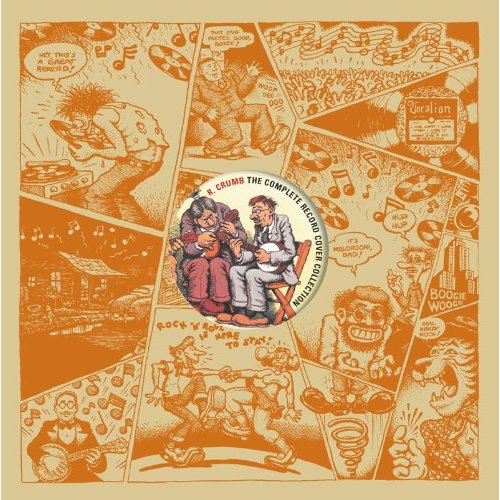
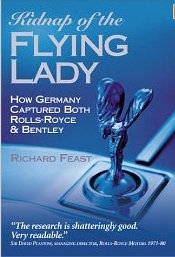
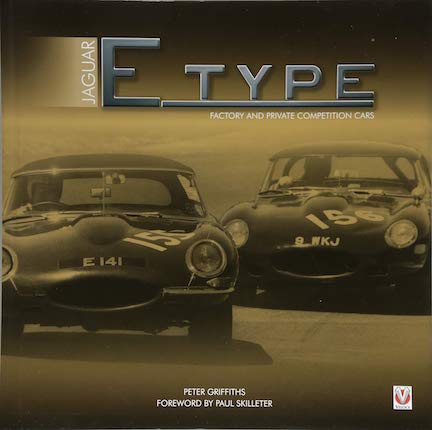
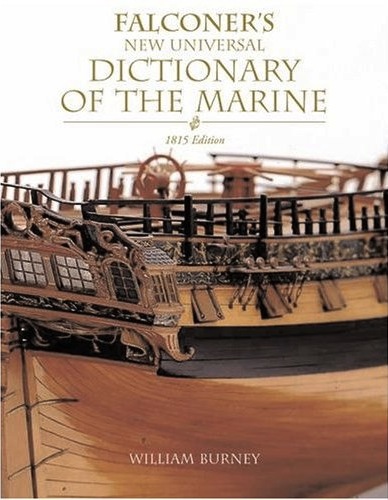
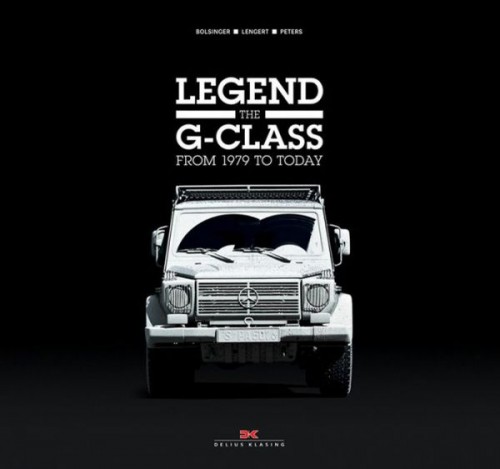
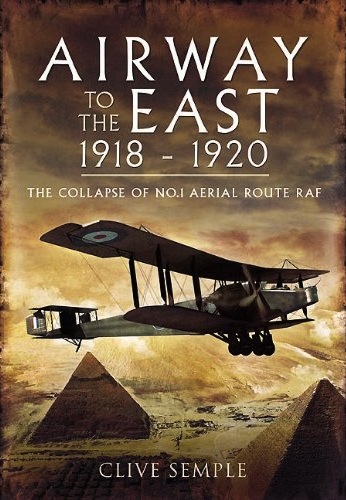
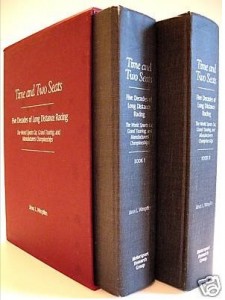

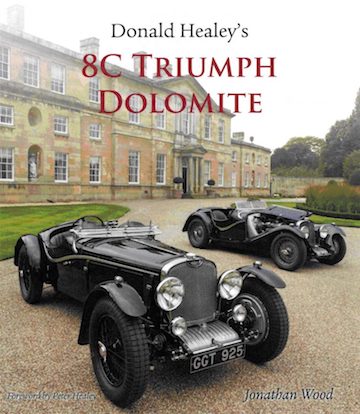


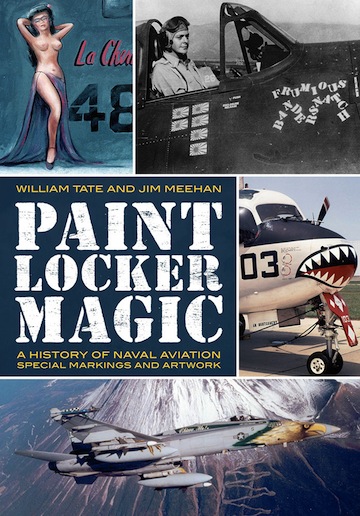
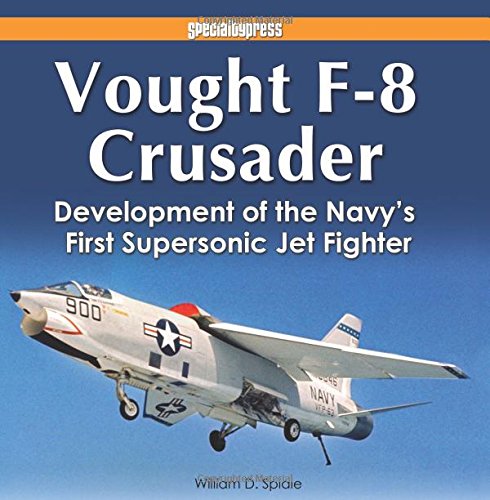
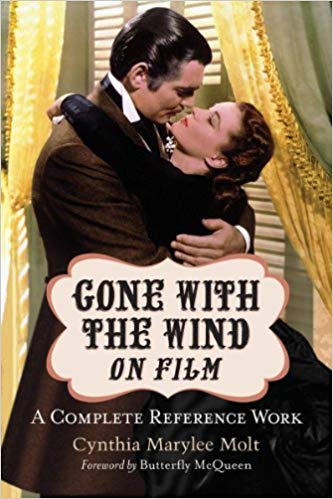

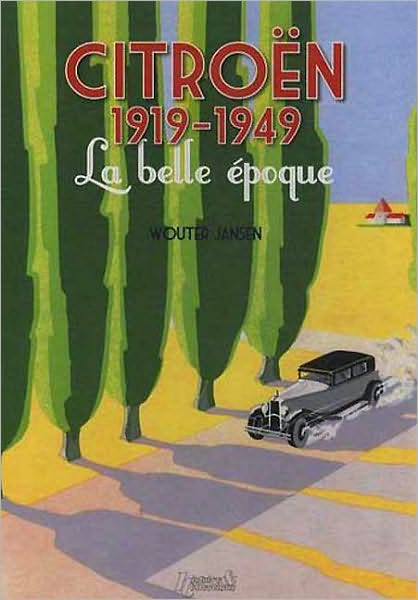
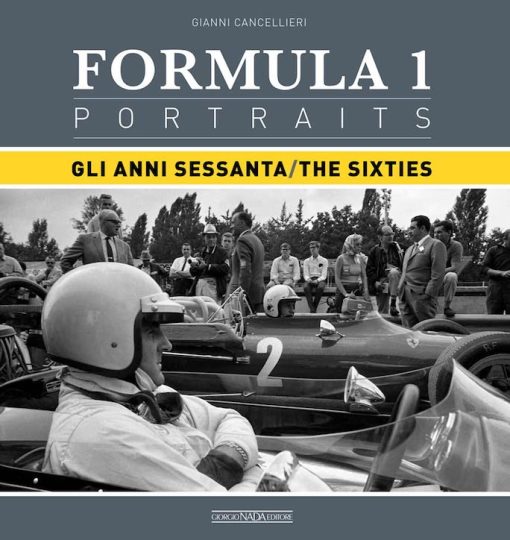

 Phone / Mail / Email
Phone / Mail / Email RSS Feed
RSS Feed Facebook
Facebook Twitter
Twitter